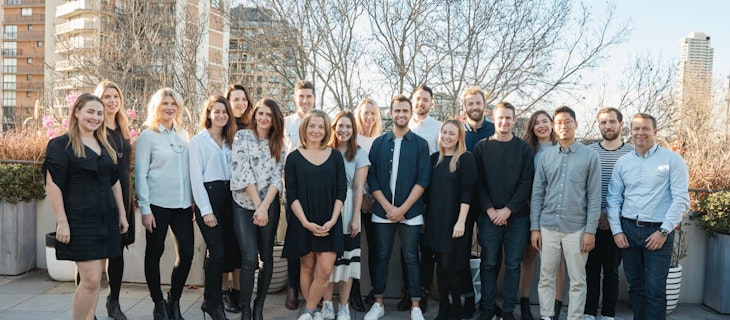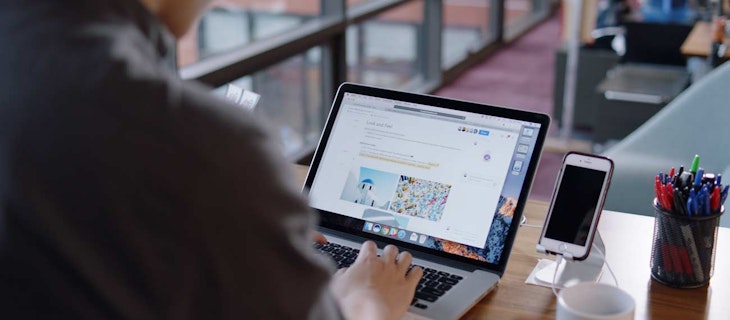
Multitasking won’t make you more productive. Here’s what will.
Know someone who prides themselves on juggling text messages and meetings? Reading and listening to music? Who staunchly insists they’re a good multi-tasker? Have them try this experiment:
Draw two horizontal lines on a page. Hand them a pen and ask them to write:
- “I am a great multitasker” on one line
- The numbers 1-20 sequentially on the next line.
It should take about 20 seconds. Then draw two more lines, and ask them to do the same thing but alternate between writing one letter on the top line and one number on the bottom line. How long did that take?
Multitasking originally referred to a computer that had parallel processing circuits, and thus could complete two (or more) tasks simultaneously. Somewhere in the early 2000’s tech boom, this was quickly adapted to describe being able to manage two tasks at once. It even began to appear on job titles and CVs as a requirement for jobs.
But the brain is not a computer. We now know that ‘multi-tasking’ is, in fact, a rapid switching of attention, like our experiment above. When we stop writing an article to answer an email, for example, our writing gears grind to a halt while our comprehension starts back up. And this shift in gears and change in acceleration results in a dip in productivity of up to 40%.
So how do you solve it?

Make A List
Listing out your tasks has two major benefits: it can reduce anxiety by being specific about what tasks need to be done, and it helps prioritise the important over the less essential (do you really need to check your email for the 15th time?). Here’s how to write a good one:
- Write everything you need to do down, then find the three most important tasks. By having only three tasks to do that day, your field of vision gets narrowed to only the important things.
- Write specific tasks and To Do Lists formed of your top three.
- View and attack one task at a time.
- Write down an estimate of how long each task will take. Be honest!
Remove Distractions
After a distraction, refocusing on the task at hand can take up to 25 minutes. Email checking can lower IQ by up to 10 points temporarily. And noisy offices can interrupt trains of thought and promote distraction.
If you’re finding it hard to focus, find an undisturbed corner and silence distracting notifications like texts or email. Silent nooks are probably best for learning new things. For creative tasks, there’s evidence that the bustle of a coffee shop can hustle your thoughts along too.
Work In Blocks
You’ve got a rough estimate of how long your work will take from your list earlier. How will you schedule it?
In a study of professional violinists, all the top performers had the same characteristics:
- They practised in the morning
- They practised for three sessions
- Each session was 90 minutes or less
- There was a break in sessions
People tend to work best in 90-120 cycles before needing a break. This cycle is called the ultradian rhythm, and describes how we move from higher to lower alertness. When planning your work, devote your singular attention to one task, then take a break.
Take Breaks
Speaking of breaks… A sign of slacking off might, in fact, be a sign of productivity. Draugiem Group used productivity tracking software to see what habits set productive employees apart. The key difference? Productive employees took regular breaks. On average, they took 17 minutes for every 52 minutes of work. This is supported by a Cornell study that trialled software to remind workers to take breaks. On average, workers receiving alerts to take breaks were 13% more accurate than those who didn’t.

